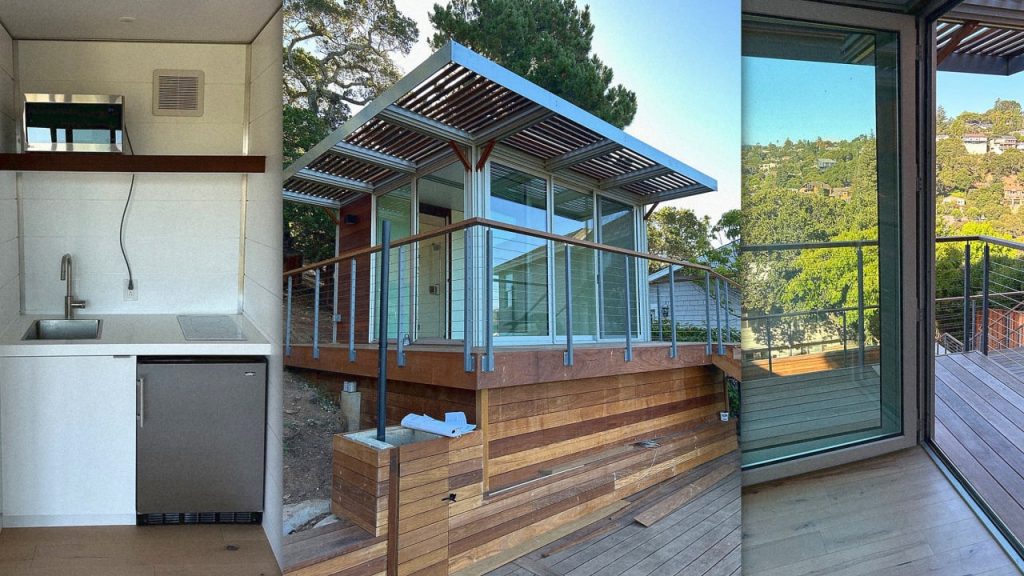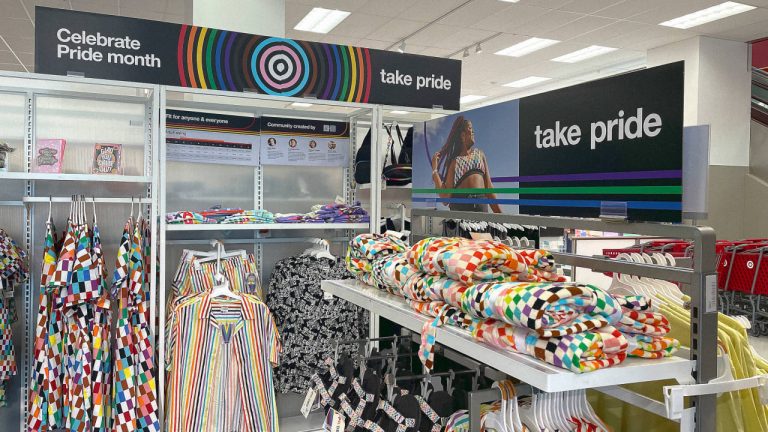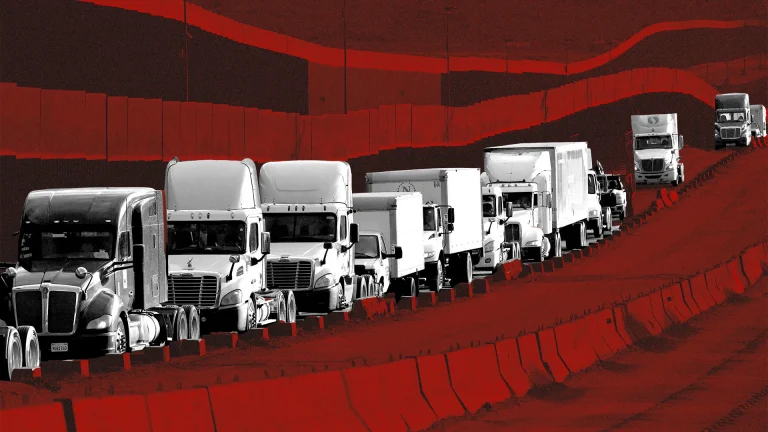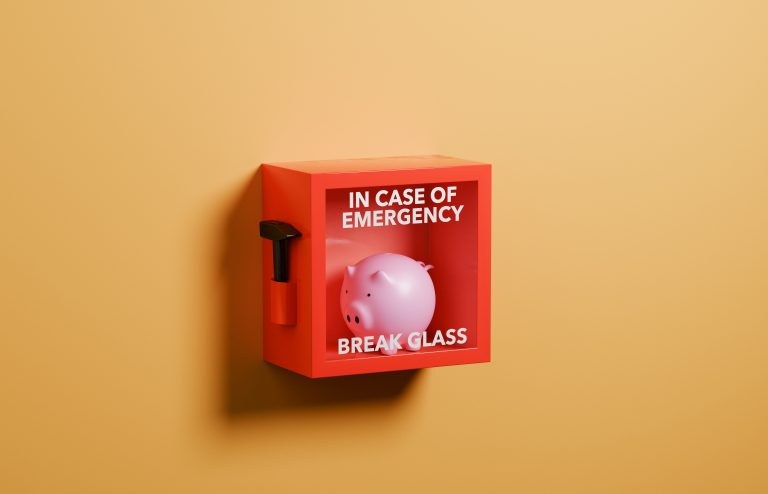
When I recently needed to find a last-minute place to stay for a week in Palo Alto, I picked one of the cheapest options on Airbnb: a 13-by-13 foot tiny house.
Inside, the main living area was smaller than a parking space. Still, it had room for everything you might find in a typical studio apartment. Along the back, a tiny loveseat disguised a Murphy bed that could be pulled down from the wall; the coffee table was exactly the right size to move to the opposite side of the room when it was time to use the bed. On the other side of the house, there was a minuscule kitchen with a tiny fridge, a two-burner stove, and a sink, next to a semi-normal-sized bathroom with a shower.

The home is the smallest ADU, or backyard house, made by a prefab company called KitHAUS. (The company also makes even smaller units, without kitchens or bathrooms, that can be used as home offices or art studios.) The size makes it more likely to be used as a guest house. But it’s also one example of an ADU that could be built relatively quickly and affordably to help tackle the housing crisis—including in L.A., where the city needed hundreds of thousands of new units even before the fires destroyed thousands of homes.
The 169-square-foot version of the house starts at only $80,000, and can be built in around a week. Adding a foundation and doing the other prep work needed to install the prefab building adds another 15% to the cost. In total, the size makes it less expensive than building a typical ADU.
The company also makes larger (and pricier) versions with one or two bedrooms. In L.A., they could be used in two ways. “It could be a temporary space—in the Palisades, if someone’s going to rebuild their home, we may be able to have a prefab building like a KitHAUS in the burn areas,” says Tom Sandonato, cofounder of the company. The units are made from aluminum and other fire-rated materials, which makes them safer in a wildfire, though not completely fireproof; some ADUs that the company previously built in Altadena and Pacific Palisades were lost in the recent fires. Like other ADUs, the designs can also be used to quickly add new backyard units in cities like L.A. that don’t have enough apartment buildings.

The version that I stayed in was a tight squeeze. But that was partly because of the furniture and layout. The combination bed-sofa that the owner had chosen was difficult to wrangle: Since all of the cushions had to be removed from the sofa to pull down the bed—and the bedding had to be taken off to fold the bed back onto the wall to unveil the sofa—I didn’t end up bothering to switch it back and forth. The bed took up most of the floor space. But as I perched on a tiny chair and surveyed the room, I could envision how different furniture could have made the space more functional; a regular bed would have worked better than a Murphy bed, for example, despite the fact that the Murphy bed was designed to save room.
I was working remotely from the tiny cottage. But for someone who spends long hours at a job somewhere else and often goes out at night, it’s possible to imagine that 169 square feet could be enough space. At the property where I stayed, there was a a private patio that was larger than the tiny house itself. Thanks to the fact that Palo Alto’s weather is 70 degrees and sunny for much of the year, it was effectively an extra room.

L.A. has been trying to push residents to build more backyard houses for a decade, with help from state laws that loosened zoning restrictions. Last year, more than a third of the new houses built in L.A. County were ADUs. Current ADUs are already helping house some Angelenos who lost their homes in the fires. Now, Sandonato is hoping that the city will help streamline permitting more to make ADUs even easier to build. One of the KitHAUS designs, for example, could potentially be pre-permitted to speed up the process.






